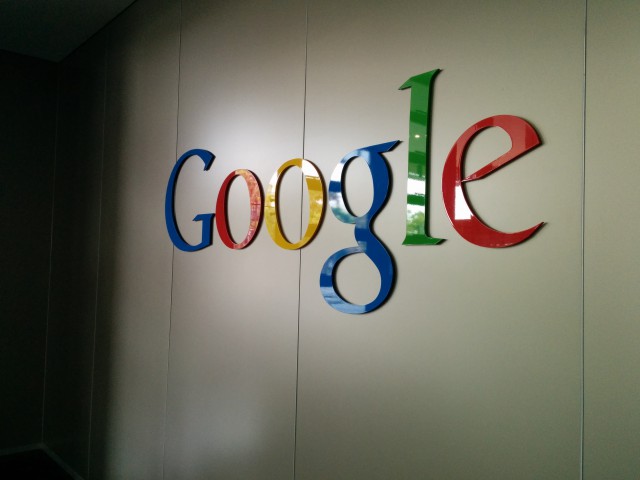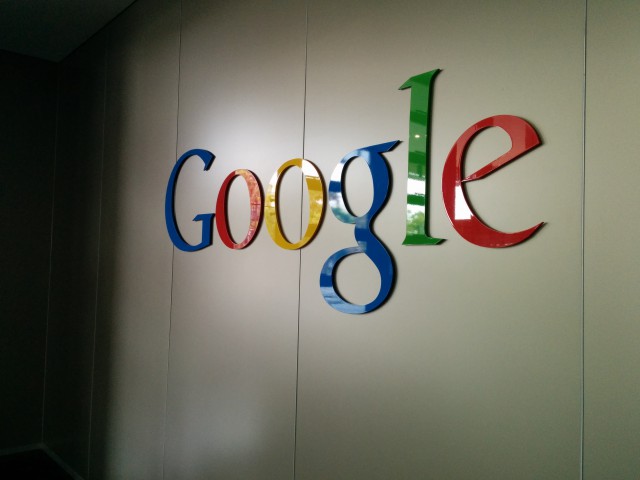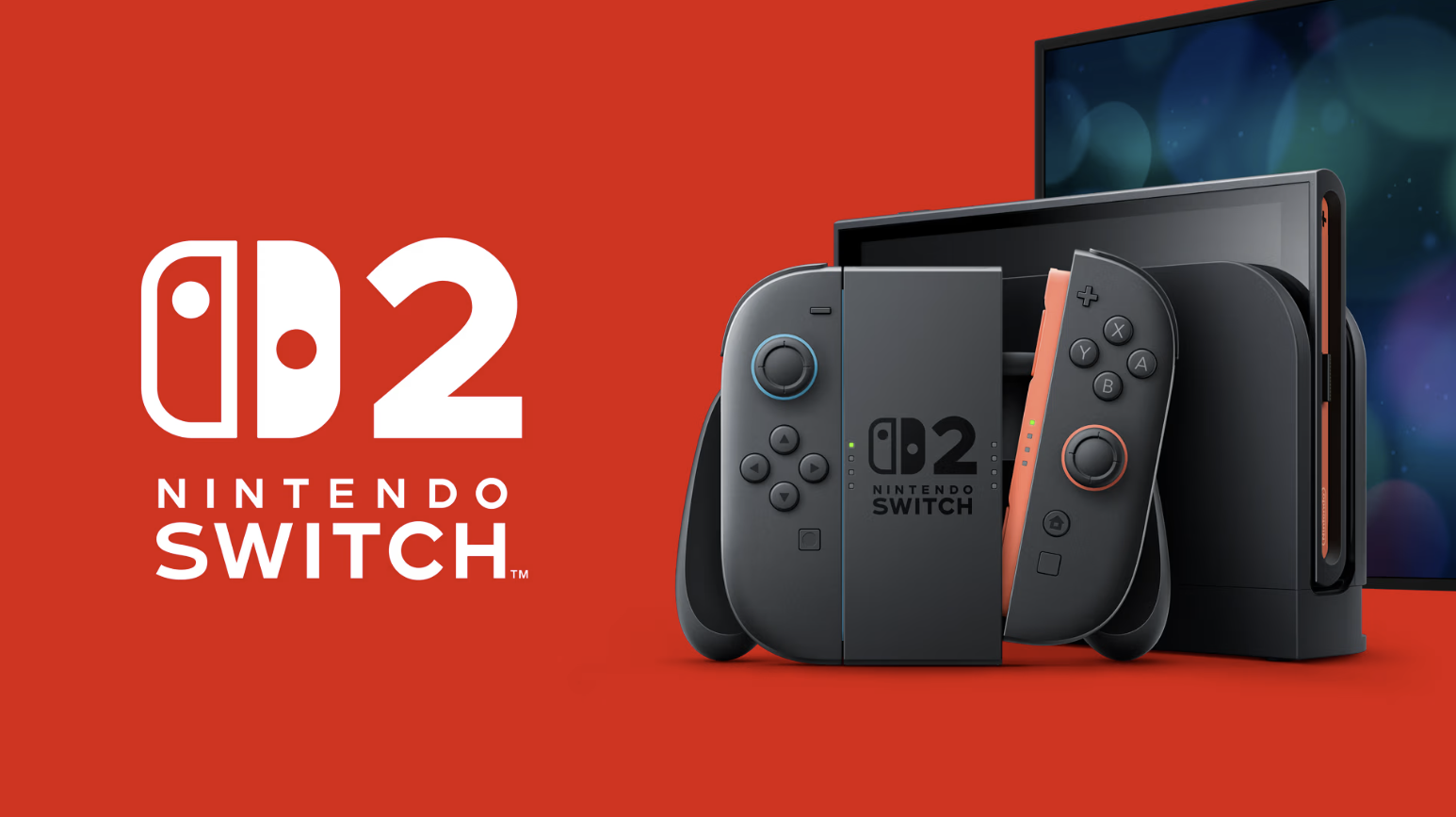
Google has apparently updated the terms of their Mobile Application Distribution Agreement, the contract which governs what OEMs must do with their phones in order to be able to access the good stuff – in this case, Google Apps, but more importantly access to the Google Play store and the more than 1 Million apps, games and of course digital content that includes.
Paywalled site ‘The Information‘ has gotten access to the latest iteration of the Mobile Application Distribution Agreement, and Android Central has summarised the most important parts which includes :
- There must be a Google search “widget” on the “default home screen” of the device, along with an icon for the Google Play app store.
- An icon on the device home screen labeled as “Google,” when clicked, must provide access to a “collection” of 13 Google apps (Google Chrome, Google Maps, Google Drive, YouTube, Gmail, Google+, Google Play Music, Google Play Movies, Google Play Books, Google Play Newsstand, Google Play Games, Google+ Photos and Google+ Hangouts).
- Other Google apps, including Google Street View, Google Voice Search and Google Calendar, must be placed “no more than one level below the Home Screen.”
- If device owners hold down the physical “Home” button or “swipe up” from a digital home button or navigation bar, such actions should trigger Google Search.
- Google [has] the option to display a “Google trademark” or an “Android brand feature” on a “separate screen” when the device boots up.
Much of this reads as nothing spectacular, as we’ve been seeing most of this stuff for a while now. The newest update is obviously the boot animation we now see as the ‘Powered by Android’ logo we’ve been seeing on this years flagships.
It’s nothing terribly scary, but it does show that Google is clamping down more on OEMs, while Android remains open – just ask Nokia and Amazon – if you want to play in Google’s garden, there’s some rules, but it’s nothing you can’t put right yourself with a little tinkering.
Are these mandates from Google regarding how much Google you see on an Android phone too draconian or just right?




